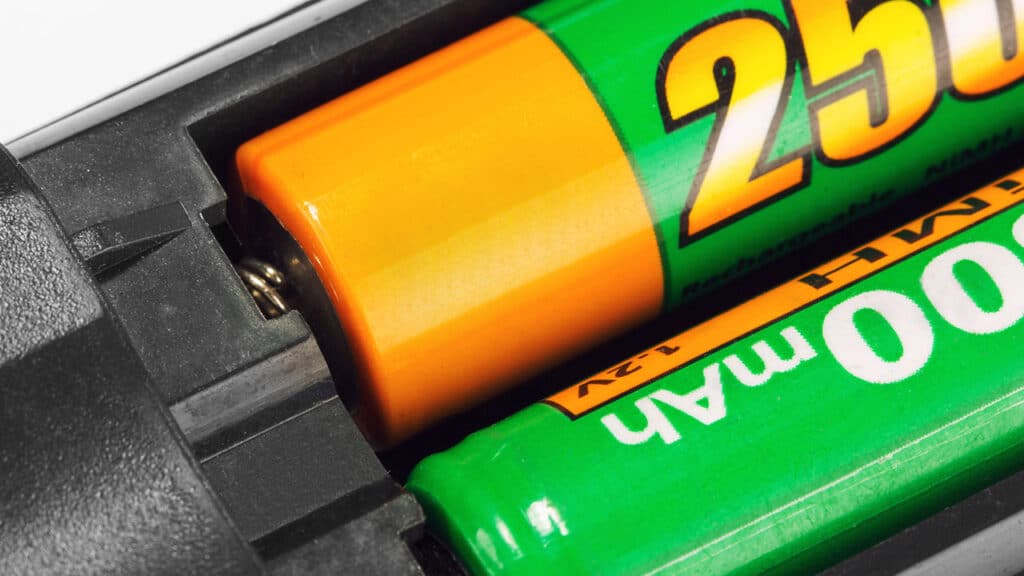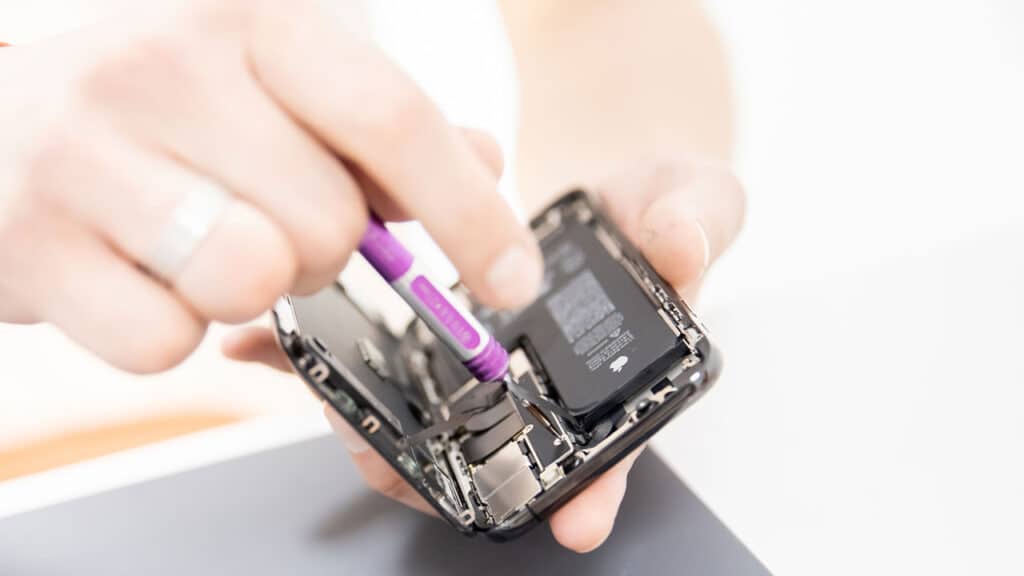the rechargeable batteries they have existed for some time, yet most of us rely on traditional ones, those that, once exhausted, we must throw away, naturally paying attention to dispose of them in the correct way. However, things are destined to change: for the European Union the future is made up of rechargeable and replaceable batteries.
Rechargeable and replaceable batteries: what will change in the coming years?
The EU is preparing to launch a package of rules dedicated to batteries, a package that – barring delays or sudden changes – should come into effect by 2024.
The purpose is reduce waste and make this sector a little more sustainable. An absolutely shareable objective which, however, risks undermining consumer electronics. Let’s try to understand why.

The first step involves a new categorization of batteries, with the introduction of those dedicated to electric cars, bicycles and light vehicles. All this in order to define a series of rules that can then be followed slavishly by the producers. The first of these is the presence, by 2030, of a minimum percentage of recycled components, percentage destined to rise by 2035.
So far nothing too worrying. Indeed, the initiative of the European Union is more than reasonable and in step with the times. The problem is that, starting from 2024, the inclusion of batteries that can be easily replaced by the user. And with “user” we do not mean a technician or a professional. Anyone must be able to carry out this operation using tools within everyone’s reach.
But that’s not all. Producers require additional effort: replacement batteries must be available for 10 years from the date of release of the product.
You understand well that, if on the one hand the request is understandable, on the other it could put a lot of companies in crisis, which for some time now have adopted designs that make it impossible for the classic consumer to replace the battery. Simply think of your smartphone. Disassembling it to make this change seems impossible, or at least not immediate with a few years ago, when it was enough to open a small flap to replace the battery.

The European Union proposal also provides disposal of non-rechargeable batteries. By 2023, these batteries will have to be clearly and unambiguously labeled as “non-rechargeable”; by 2027, on the other hand, they will have to disappear completely from the market, leaving room exclusively for rechargeable ones.
The new package of standards looks set to shake up the world of consumer electronics. Eliminating non-rechargeable batteries means saying goodbye to traditional ones, which will entail a higher initial expense for users but above all a huge investment for companies, which will have to convert their production lines and adapt their business to this new legislation.
Even more complex is the discourse regarding the possibility of autonomously changing the batteries of electronic devices. For large technology companies it means reviewing their plans for the future, modifying already tested projects and finding alternative solutions, both engineering and aesthetic, with the risk of going back in time.
At the moment, of course, all this is not yet a certainty but the proposal, voted for the first time on 10 February, collected 74 votes in favor and 8 against, with only 5 abstentions. It is therefore difficult to think of a total turnaround. There may perhaps be some delay, the dates may change, but at some point we will all have to adapt.















Leave a Reply
View Comments